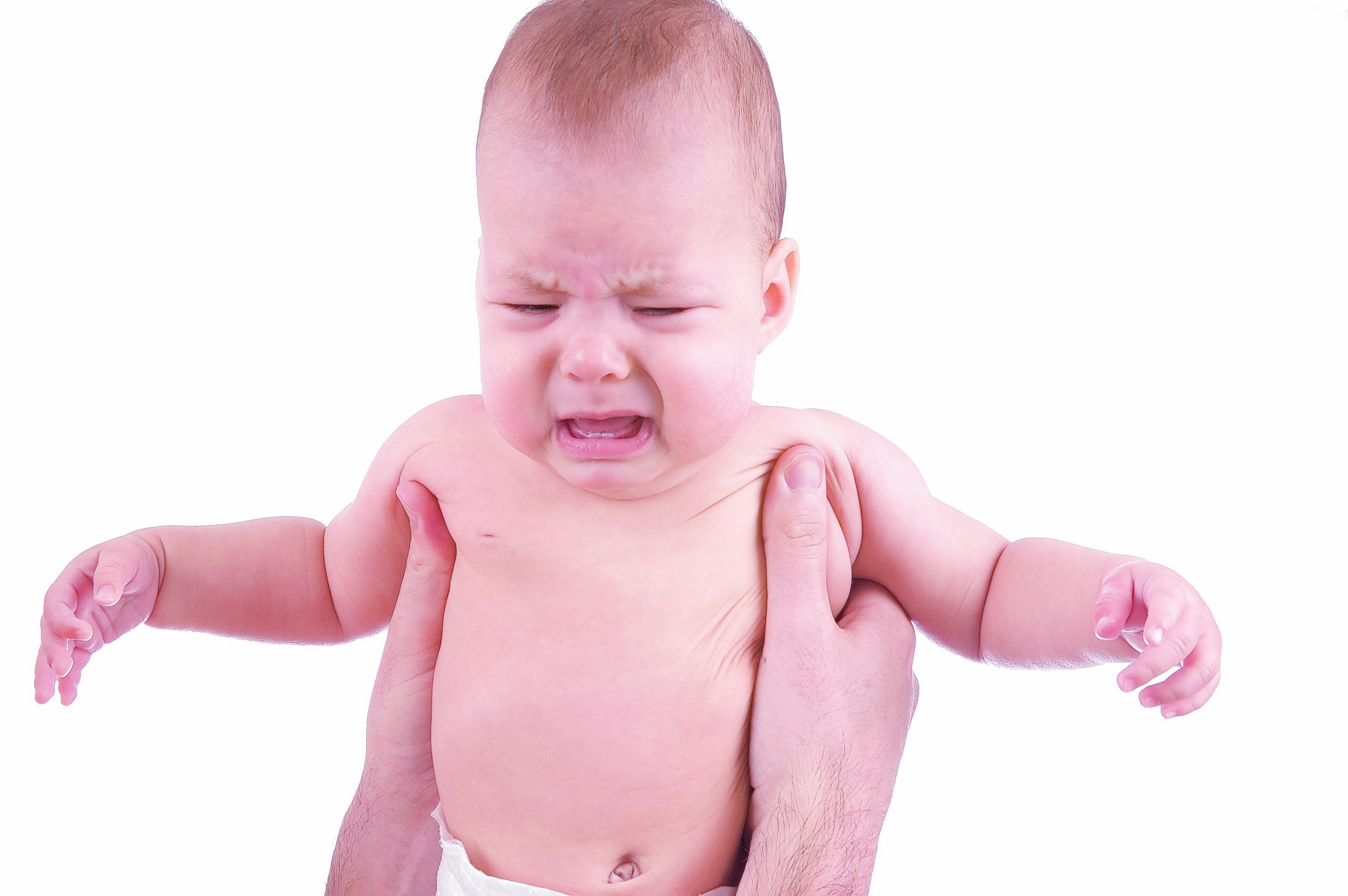Most new mums suffer from baby blues and are hugely aware of postnatal depression (PND). It’s a serious condition and while getting to grips with a brand new life stage and enjoying the freedom of maternity leave, it’s not uncommon to worry about or suffer from PND.
But now, a new study carried out in Australia and published in BJOG: An International Journal of Obstetrics and Gynaecology, has revealed women are actually more likely to suffer this condition four years after giving birth.
The results revealed that 14% of women suffered depression when their child was approaching school age, with four in 10 of those suffering having never had any previous problems before.
Almost one in three first-time mothers reported suffering depressive symptoms at least once between pregnancy and four years after birth, the study found.
It also revealed that women who only had one baby were twice as likely to suffer from postnatal depression.
Dr Hannah Woolhouse, co-author of the report, said: “It is likely that current systems of maternal mental health surveillance in Australia and the UK will miss more than half the women experiencing depression in the early years of parenting.
“In particular, women who do not have subsequent children may be especially vulnerable to falling through the gaps, as they will not be reconnected back into primary care services.”
Researchers are urging doctors to be aware of these new figures, but it’s also important for mums to monitor how they’re feeling as well.
Symptoms can vary greatly, from simply feeling low and suffering from sleeplessness, to full-blown thoughts of self-harm and suicide at the more severe end of the scale.
Mums suffering from PND may even think about harming their child, though such thoughts aren’t usually acted upon, explains Dr Lucinda Green, a spokesperson for the Royal College of Psychiatrists.
“There are often a lot of different factors that come together,” she says.
“It’s a combination of biological, psychological and social factors. Having a child is a huge change for women and it doesn’t always go as people expect. Some find it difficult to adjust, even if it’s a very much-wanted baby.”
While PND can strike any new – and not so new – mum, it’s still more likely to affect women who have a past history of depression. The risk is also higher for mothers who’ve experienced a very stressful event, or who don’t have a strong support system around them.
Family and friends may notice a slight change in personality, though Green warns: “Some women are good at hiding their symptoms, and we hear stories about them being reluctant to seek help, because they’re worried they’ll be judged for not being a good mother.
“It’s really important to stress that women should seek help,” Green adds. “Unfortunately, there’s still a lot of stigma around mental illness, but women must get help if they’re ill, so they can get better and look after their child.”
Ultimately, it’s a totally treatable illness and all mums can completely recover.
KNOW THE SYMPTOMS
Suffering from any of the following, for more than two weeks, when you have a baby or young child, may indicate postnatal depression:
Feeling low, unhappy and tearful much or all of the time
Being more irritable than usual
Tiredness and sleeplessness
Appetite changes
Inability to enjoy anything
Loss of interest in sex
Negative and guilty thoughts
Anxiety
Avoiding other people
Suicidal thoughts
Psychotic symptoms, such as hearing voices (this is very rare)
If you are worried about any of these matters, please book an appointment with your GP.
SUFFERING CELEBS
It’s not just us in the real world who suffer from postnatal depression, celebrities do too…
Gwyneth Paltrow: “At my lowest, I was a robot. I just didn’t feel anything. It was one of the darkest and most painfully debilitating chapters of my life,” the actress told Vogue.
Judy Finnigan: “I never stopped feeling strongly maternal, but I’d wake up in the morning and everything was grey, monochrome,” said the TV presenter and mum-of-four.
Courteney Cox: “I went through a really hard time,” the Friends star told USA Today. “My heart was racing and I got really depressed. I went to the doctor and found out my hormones had been pummelled.”
Fern Britton: “Postnatal depression isn’t inevitable, even for someone with a history of depression like me,” Britton writes in her autobiography My Life. “I genuinely didn’t expect that I would succumb. But I used to fantasise about getting into the car and just driving at a wall. All I had to do was turn the wheel a few degrees. It wasn’t to kill myself, just to turn off the light, make things stop.”
Brooke Shields: “If I had been diagnosed with any other disease, I would have run to get help. I would have worn it like a badge,” Shields told People magazine. “I didn’t at first – but finally, I did fight. I survived.”
